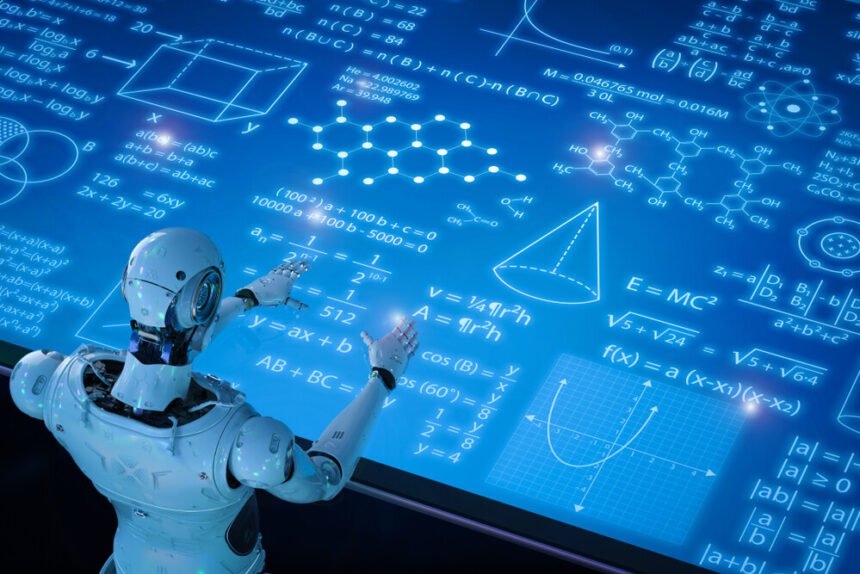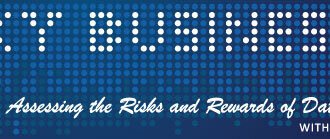Payroll management is a function that most companies and employees take for granted. However, it is highly complicated and difficult to run efficiently. This only becomes evident to people after payroll errors surface. A growing number of companies are depending on machine learning and payroll AI (artificial intelligence) to improve their payroll. They can even depend on machine learning when they outsource payroll functions. Preliminary data shows that this technology has been incredibly effective.
Using big data to identify and tackle payroll challenges
A 2014 report from Deloitte uncovered some of the most pressing challenges facing the payroll management profession. The report highlighted some very surprising issues. Around 25% of survey respondents said that their company’s international payroll solutions were not properly setup or documented. Nearly a third of participants said that they were still fleshing out their payroll and workforce management strategy, despite the fact that many of the companies had been established for several years.
A number of problems surfaced even among companies that had felt like they had fully developed their payroll management solutions. One of the biggest problems was with tracking employee expenses. Only 33% and 21% of companies tracked domestic and global employee expenses, respectively.
Many companies are just beginning to realize the imperfections in their payroll management processes. They are beginning to invest in new AI technology that can help them address these problems.
Here are some of the ways that machine learning and artificial intelligence are disrupting payroll management.
Enhancing interactivity
Most people think that payroll management companies and departments are isolated from the employees that they serve. This actually is not true. Payroll managers receive frequent queries from customers on an ongoing basis.
Machine learning has helped payroll managers develop more efficient processes for handling these queries. One of the most common ways that they can improve interactivity and streamline customer service is by tracking the questions and responses between customers and payroll managers. After observing a pattern, they can help customer service representatives develop automated responses to the most frequent inquiries.
A number of payroll management and human resource departments have also started using online chat bots to streamline these processes. You can take a significant load off of other people.
Consolidating with other human resources functions
For many years, payroll management was handled separately from other functions within human resources departments. This may same unnecessarily inefficient to the casual observer, but there were logical reasons for fragmenting human resources functions. While function such as payroll management and benefits administration had a lot of overlap, there were also some complicated nuances that made it difficult to integrate them.
Machine learning is helping address this problem. It has helped resolve some of the differences between various HR functions, so they can be administered through the same interface. This helps reduce the head count of human resources staff members, minimize human error in payroll management and HR functions by reducing their burden and make sure that all claims are processed more quickly.
Machine learning is necessary to ensure the complete integration of payroll and other human resources functions, because it can master the details of various processes by observing existing human resources staff members at work.
Identifying irregularities in employee hours and making sure employees are fully paid for time at work
According to the Association of Certified Fraud Examiners, 27% companies have to deal with employees fraudulently clocking in for hours they are not working. There are number of ways that they do this. One of the most common is by getting one of their coworkers to punch their time card for them.
Making sure that employees are paid for the hours they work is also very important. Some employees may forget to punch their time card. They may also want to problems where the time clock didn’t record their entry properly, so they have to worry that they’re ours may not be logged.
Machine learning is likely to help significantly with both of these problems in the future. Algorithms will be able to track activity in the company and tell whether or not an employee was likely present. This will help minimize payroll fraud and ensure payments are made.







